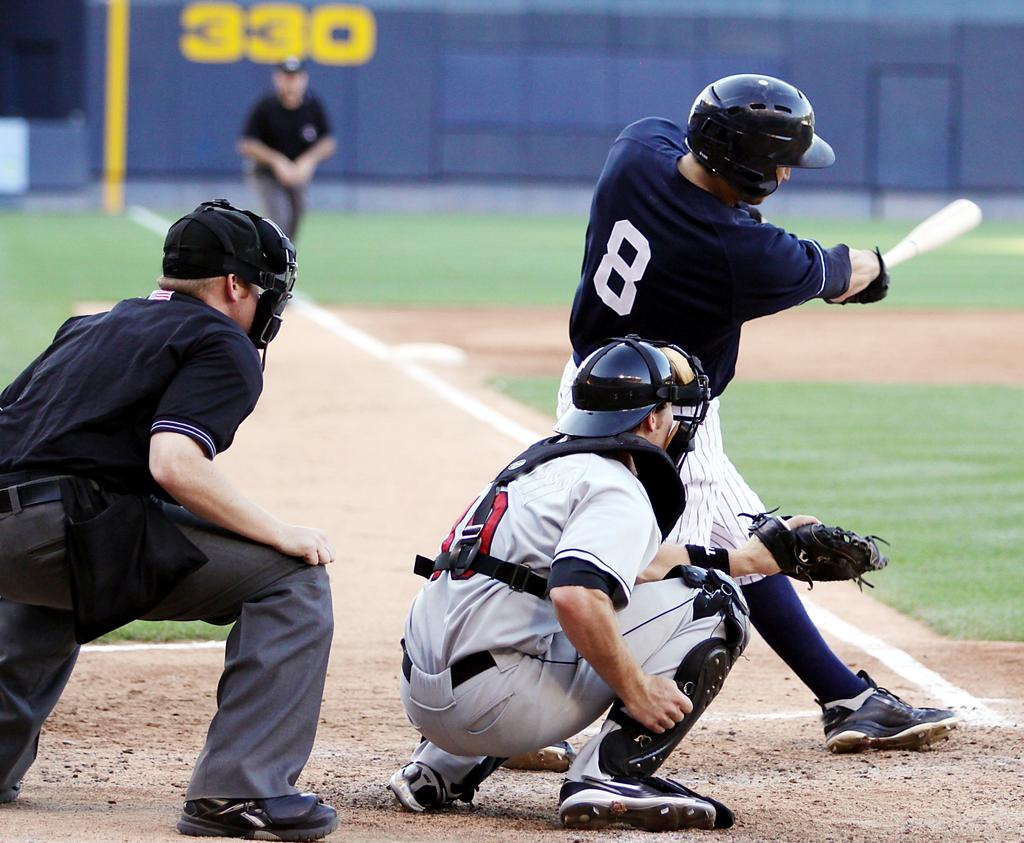Youth baseball is a fantastic sport that promotes physical fitness, teamwork, and fun for young athletes. However, the physical demands of the game can lead to injuries if proper precautions are not taken. To ensure the safety and well-being of youth baseball players, it’s crucial to implement effective injury prevention strategies. In this article, we will discuss five key strategies to prevent injuries in youth baseball.
The primary intent of this article is to provide parents, coaches, and young baseball players with practical strategies to prevent injuries during youth baseball activities. By highlighting the importance of warm-up routines, age-appropriate training, proper technique, rest and recovery, and the use of protective gear, the article aims to raise awareness about injury prevention and promote a safer and more enjoyable baseball experience for young athletes.
The collaborative effort required from all parties involved, parents, coaches, and players – to prioritize safety and create a positive environment for youth baseball. By implementing these strategies, the article aims to reduce the risk of injuries, foster a love for the sport, and encourage physical activity and team spirit among young players.
Baseball & Softball Batting Gloves
Introduction
Youth baseball injuries can range from minor sprains and strains to more serious conditions like fractures and overuse injuries. By focusing on injury prevention, parents, coaches, and young athletes can create a safer and more enjoyable baseball experience.
Adequate Warm-Up and Stretching
Proper Warm-Up Routine
Before any baseball activity, it’s essential for young players to engage in a proper warm-up routine. A warm-up should include light aerobic exercises such as jogging or jumping jacks to raise the heart rate and increase blood flow to the muscles. This helps prepare the body for the physical demands of baseball and reduces the risk of sudden strains or tears.
Dynamic Stretching
Dynamic stretching should follow the warm-up. Dynamic stretches involve controlled, active movements that mimic baseball actions, such as arm circles, leg swings, and hip rotations. These stretches enhance flexibility, range of motion, and muscle coordination, reducing the likelihood of injury during play.
Age-Appropriate Training Programs
Tailor Training to Age Group
Youth baseball players come from different age groups, each with unique physical capabilities and developmental stages. It’s crucial to tailor training programs to the specific age group to prevent overuse injuries. Younger players should focus on developing fundamental skills, while older players can gradually introduce more intense training.
Pitch Counts and Rest Days
Pitching-related injuries, such as elbow and shoulder problems, are common in youth baseball. To mitigate these risks, adhere to recommended pitch counts for different age groups. Ensure that players have adequate rest days between pitching appearances to allow their arms to recover fully.
Proper Technique and Mechanics
Coaches should prioritize teaching young players the correct baseball techniques and mechanics from an early age. This includes proper throwing and hitting techniques, as well as safe fielding and base-running practices. Correct mechanics not only improve performance but also reduce the risk of injury.
Encourage Open Communication
Young athletes should feel comfortable discussing any discomfort or pain with their coaches and parents. Encourage open communication about injuries or potential warning signs, such as persistent soreness or limited range of motion. Early intervention can prevent minor issues from escalating into more significant injuries.
Rest and Recovery
Scheduled Rest Days
In addition to rest days between pitching appearances, players should have scheduled rest days throughout the baseball season. These breaks allow the body to recover and reduce the risk of overuse injuries caused by continuous play.
Proper Equipment and Safety Gear
Use Protective Gear
Ensure that young baseball players wear the necessary protective gear, including helmets, mouthguards, and appropriate footwear. Protective gear is essential for injury prevention, especially when it comes to head and dental protection.
Additional Points
- Hydration and Nutrition: Proper hydration and nutrition are essential for injury prevention in youth baseball. Players should be encouraged to drink water before, during, and after games and practices to prevent dehydration. Additionally, a balanced diet rich in nutrients can support muscle recovery and overall health.
- Monitoring Overtraining: Coaches and parents should be vigilant in monitoring signs of overtraining, such as fatigue, decreased performance, or loss of interest in the sport. Overtraining can lead to burnout and increase the risk of overuse injuries.
- Strength and Conditioning: Age-appropriate strength and conditioning programs can help young athletes develop overall fitness, muscle strength, and flexibility. These programs should be designed and supervised by qualified professionals to ensure safe and practical training.
- Playing Surface Maintenance: Well-maintained playing surfaces, including the infield, outfield, and dugout areas, can reduce the risk of slips, trips, and falls. Regular inspections and maintenance should address any hazards or uneven surfaces.
- Injury Management and Rehabilitation: Prompt and proper management of an injury is crucial. Seek medical attention from qualified professionals and follow recommended rehabilitation protocols to ensure a safe and complete recovery before returning to play.
Conclusion
Youth baseball injuries can be prevented through a combination of warm-up routines, age-appropriate training, proper technique, rest and recovery, and the use of protective gear. Parents, coaches, and players must work together to prioritize safety and create a positive and injury-free baseball experience for children of all ages. By implementing these strategies, we can help young athletes enjoy the game while minimizing the risk of injuries.


